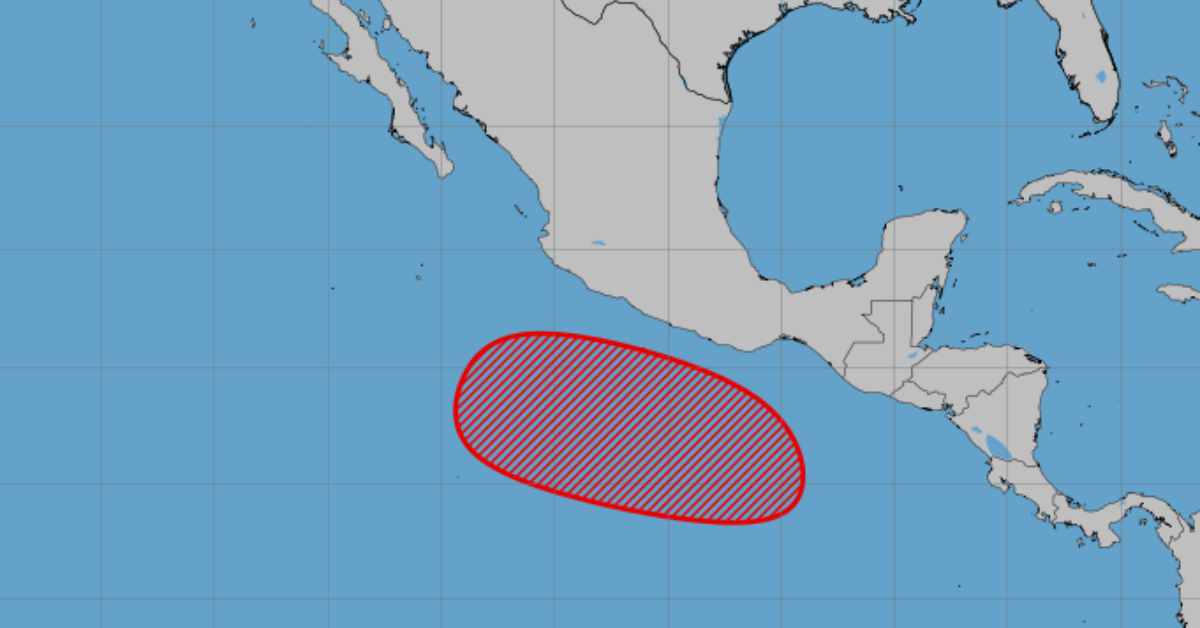Puerto Vallarta, Mexico - SMN and Conagua track Cyclone Alvin potential south of Michoacán, Guerrero and Oaxaca, with an 80% chance of development within seven days; public urged to stay alert.


Puerto Vallarta, Mexico - SMN and Conagua track Cyclone Alvin potential south of Michoacán, Guerrero and Oaxaca, with an 80% chance of development within seven days; public urged to stay alert.
